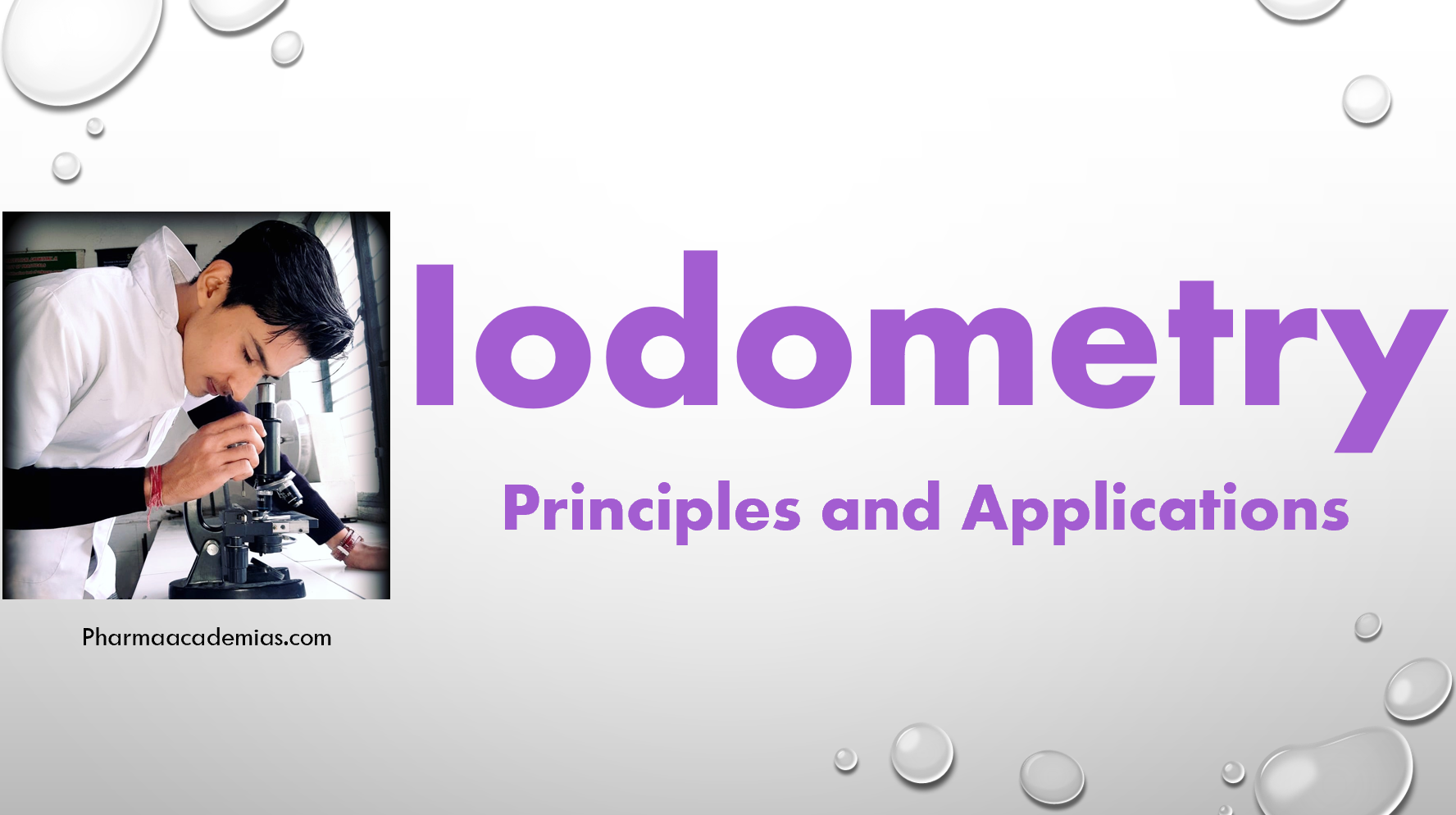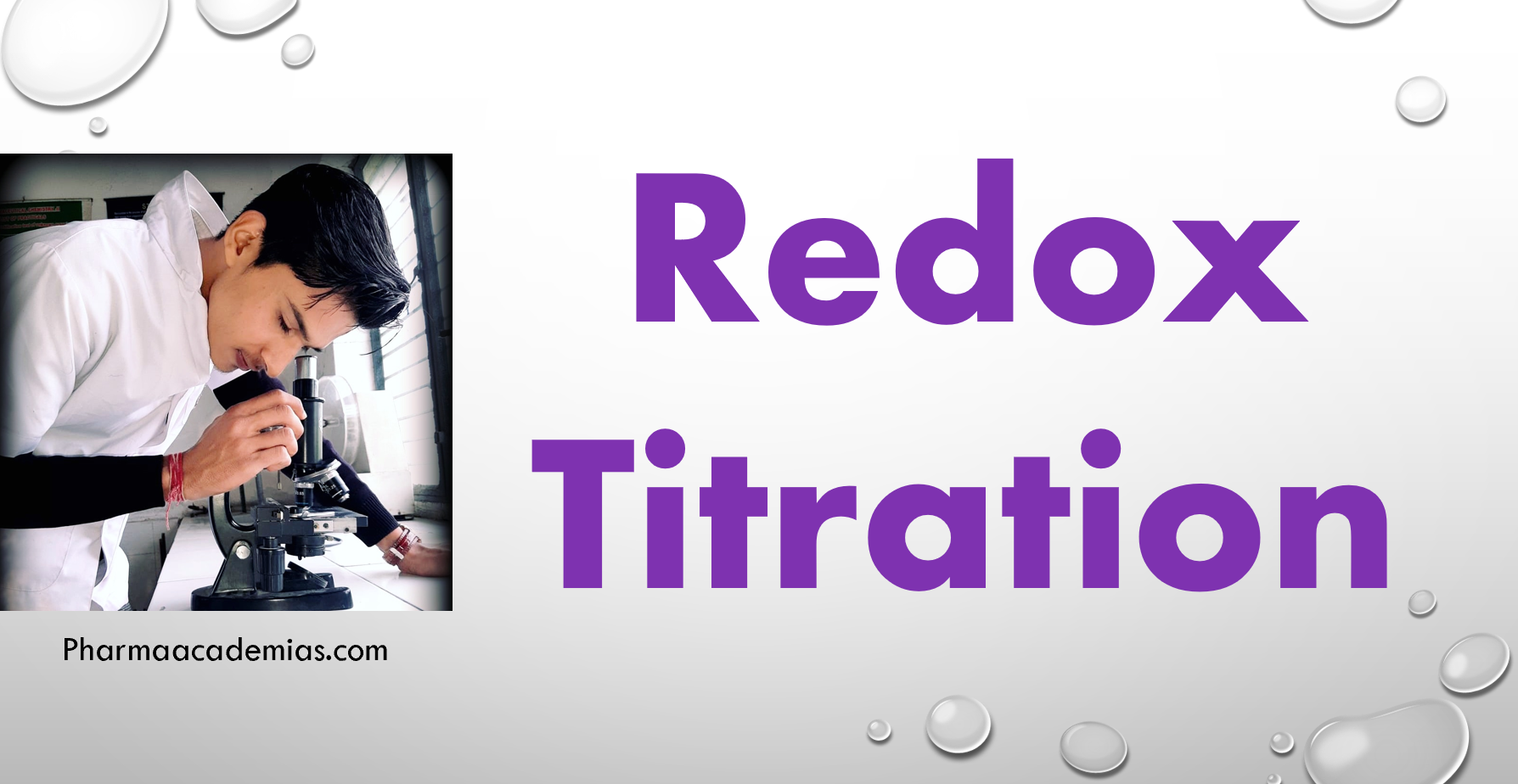Dichrometry and Titration with Potassium Iodate: Principles and Applications
Dichrometry and Titration with Potassium Dichrometry and Titration with Potassium: Dichrometry is an analytical method that quantitatively determines reducing agents in a sample using a dichromate solution as the titrant. Conduct the titration until you reach a specific endpoint, often signaled by a color change. In this note, we will explore the principles, procedures, and … Read more






